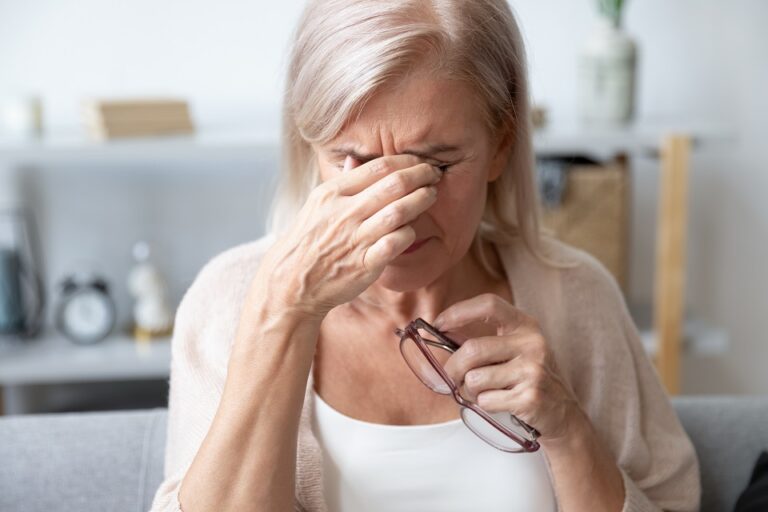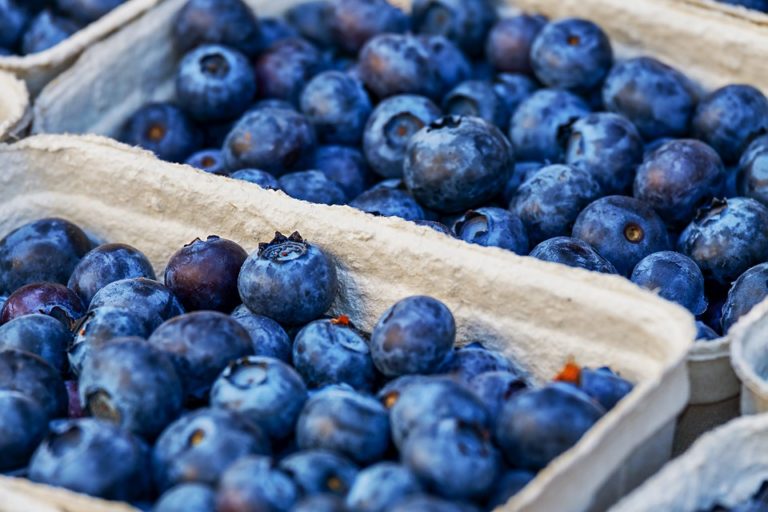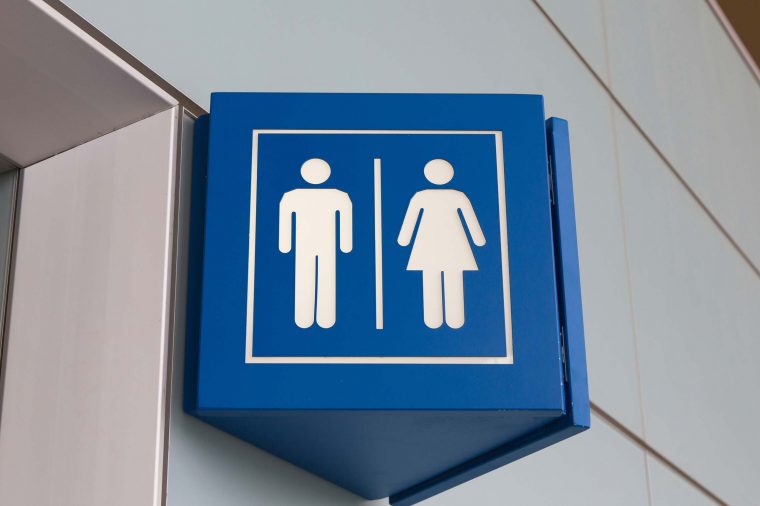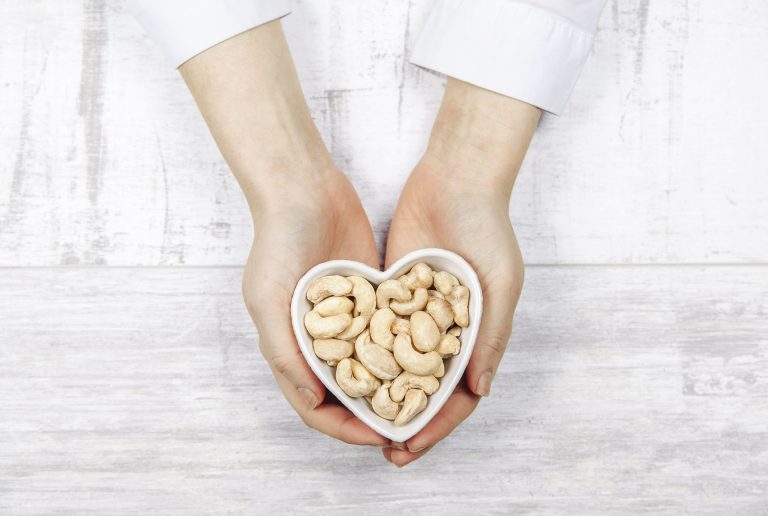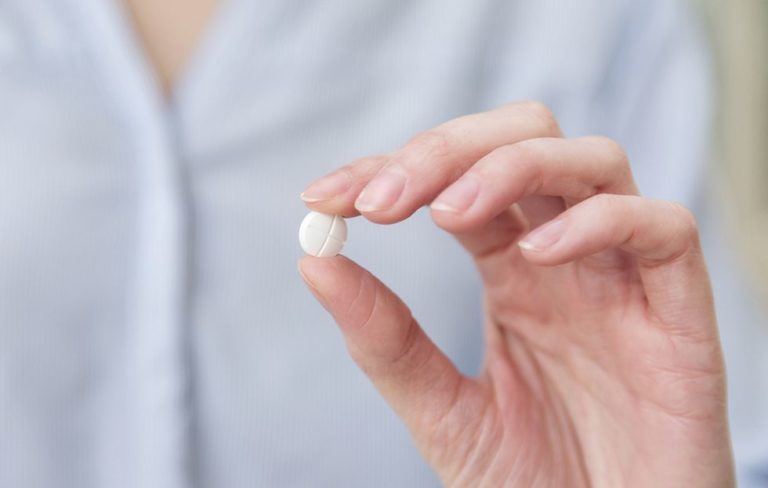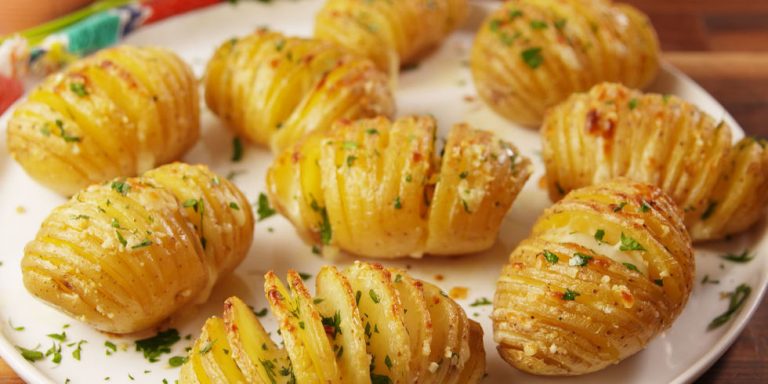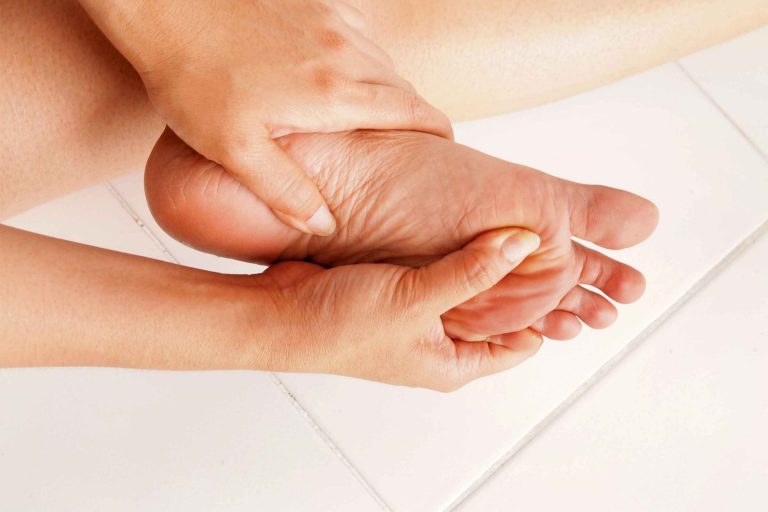
Don’t put up with a constantly complaining joint. A physical therapist gives us her quick-fix tips for easing pain on the inside of the knee.
Ice
Pain on the inside of the knee, called medial knee pain, is usually brought on by arthritis, bursitis, and muscle sprains. The simplest way to reduce your perception of pain is by icing it.”Apply it for 10-15 minutes onto the area but protect the delicate skin on the inside of the knee with a thick cloth or moist paper towel (this helps conduct the cold),” recommends physical therapist Karena Wu, doctor of physical therapy and owner of ActiveCare Physical Therapy in New York City and Mumbai.
Self-massage
It’s not exactly as relaxing as jetting off to a spa hotel to work out your aches and pains, but Wu recommends using your hands, a handheld massage instrument, a trigger point ball, foam ball or lacrosse ball to massage the inner thigh and the inside of the back of the thigh. “The adductor (inner thigh) and medial hamstring (back of the thigh) muscles connect into the inside of the knee, just past the knee joint. Releasing these soft tissues will help reduce any compressive forces in the medial knee.”
Inner thigh stretch
Try the butterfly stretch. “The butterfly stretch is done seated on the floor with the soles of the feet together and knees bent out to the side,” says Wu. “Try to push your knees out to the side while keeping your feet together. These muscles connect onto the inside of the knee so stretching this muscle group reduces compression and the inward pull of the leg. Hold this static stretch a minimum of 30 seconds and repeat up to three times.”
Hamstring stretch
This stretch can be done sitting on the floor with your legs straight out in front of you. “Making sure your shoulders stay square over your legs,” says Wu. Keep your legs flat as you either bring your torso down toward your legs. “These muscles connect to the back of the knee, on the inside and outside of the knee so stretching this muscle group reduces compression and bent posturing of the knee joint. Hold this static stretch a minimum of 30 seconds and repeat up to three times.
Calf stretch
Start off standing facing a wall. “Place both hands on the wall and step one foot back, both toes pointing forward. Keeping the back knee straight and the back heel on the ground, bend the front knee and lean your hips forward to feel a stretch in the top of the back of the calf. This stretches the gastrocnemius calf muscle. Back off of the forward lean and maintain the same staggered foot stance.
Now bend both knees and drop your body weight straight down, maintaining most of your body weight on the back leg. This stretches the soleus calf muscle. The calf muscle connects to the top of the back of the knee and stretching this muscle group reduces compression and any bent knee posturing of the knee joint. Hold these static stretches a minimum of 30 seconds and repeat up to three times.”




